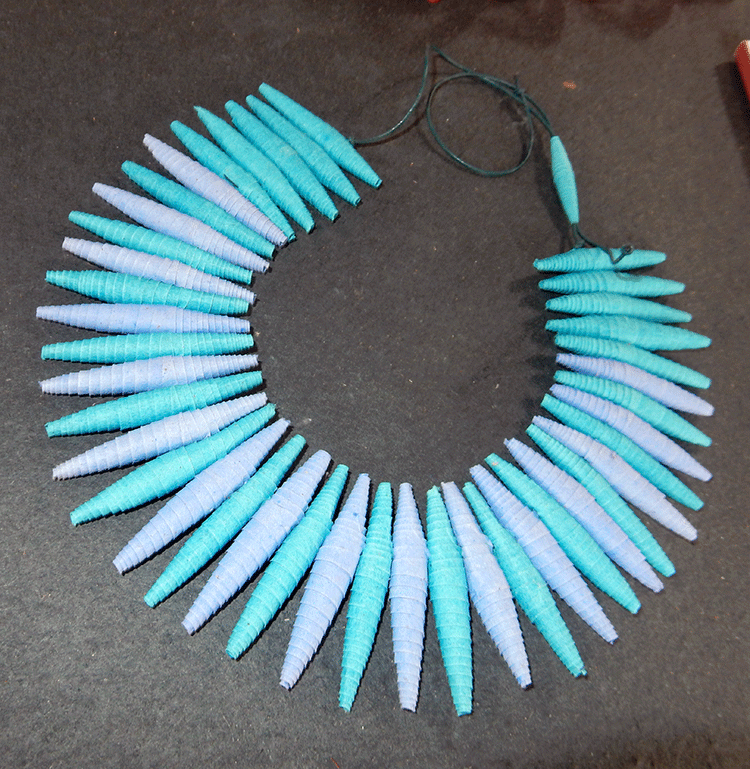Above, a mirror in a stairwell of the Museum of Design reflects contrasts between traditional and contemporary decorative arts found in the museum.
Hotel de Lalande, an elegant townhome built in the late 1770s, is home to the Museum of Design and Decorative Arts, or MADD. The son of the original owner inherited it but held the unfortunate honor of serving as an attorney in the Parliament of Bordeaux during the Revolution and was sentenced to the guillotine in 1794. The property passed through the hands of several owners before the city of Bordeaux acquired it in 1880 and converted it into the headquarters of police and vice control. In the middle of its sprawling garden, an inartistic jail for “sailors found in violation of discipline and girls who infringe the laws of morality and decency” was constructed.
The Decorative Arts Museum opened in the former home in 1955, with a collection illustrating applied arts in crafts from the Middle Ages to the 18th century. Extensive remodeling in 1984 returned the museum’s rooms to their former aristocratic appearance. Contemporary decorative arts collections were added in 2013, providing the opportunity to observe the development and relationship of old and new forms of French art side by side.
Continue reading “Postcard from Bordeaux, France: Museum-Hopping”

















































